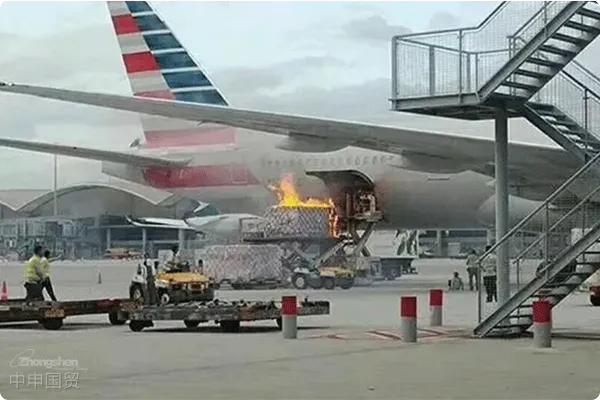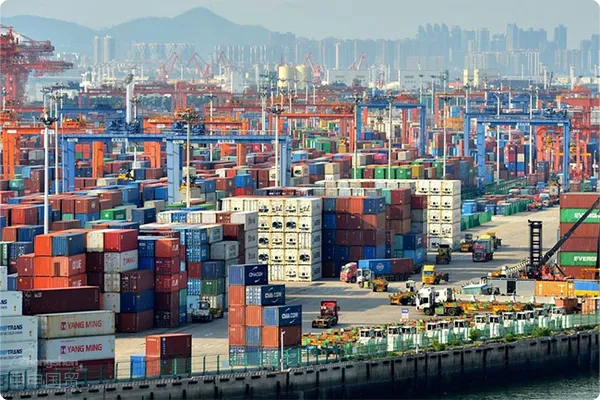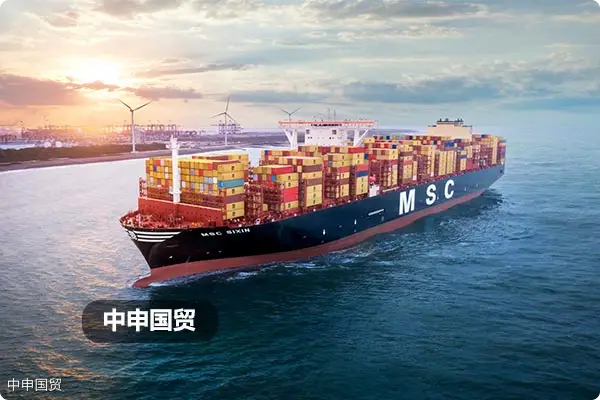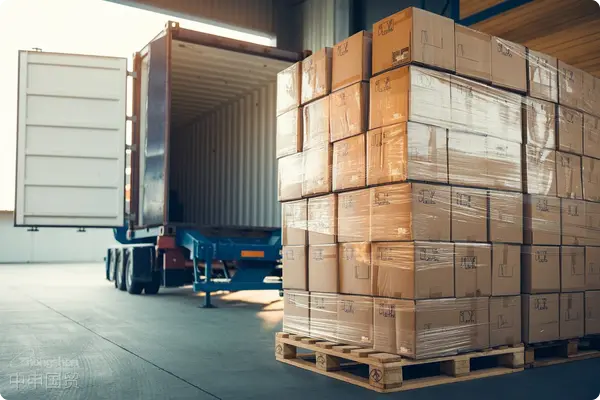- Shanghai Zhongshen International Trade Co., Ltd. - Two decades of trade agency expertise.
- Service Hotline: 139 1787 2118
Due to the特殊性, there are strict regulations for the transportation of lithium - ion batteries and other dangerous goods. The declaration and identification of dangerous goods for air transportation is a very strict process, which requires sufficient preparation and understanding in advance. The following details the declaration and identification requirements for air - transported dangerous goods.Air TransportationI. Declaration requirements for air - transported dangerous goods
II. Identification requirements for air - transported dangerous goods
The transportation of lithium - ion batteries and their related equipment must strictly refer to the Regulations on the Transport of Dangerous Goods by Civil Aviation in China, the Notice on Strengthening the Safe Air Transport of Lithium - ion Batteries in Passengers Baggage, the Specifications for the Air Transport of Lithium - ion Batteries, the Technical Instructions for the Safe Transport of Dangerous Goods by Air of the International Civil Aviation Organization, and other relevant laws and regulations.Prior communication:
Before starting the transportation, it is necessary to communicate and confirm in detail with the freight forwarder to ensure the smooth customs clearance of the goods.Transportation specifications:
The consignment of all dangerous goods must comply with the Technical Instructions for the Safe Transport of Dangerous Goods by Air of ICAO, the Regulations on the Transport of Dangerous Goods by Civil Aviation in China, and other relevant requirements.Lithium - ion battery identification

Regulatory references:
(1) Air transport conditions identification:
For the air transport of lithium - ion batteries, a series of relevant documents need to be provided, including the Power of Attorney for Identifying the Transport Conditions of Air Cargo, detailed product information, sample photos, etc.(2) Submission of materials:
All relevant documents and samples must be submitted to the relevant department for review three working days in advance.Identification of other dangerous goods
(1) Provide information:
Key information such as the name, composition, CAS number, odor, and chemical stability of the dangerous goods needs to be provided.(2) Sample requirements:
Different dangerous goods have different sample - submission requirements. For example, the sample - submission quantity for solid samples is 50 grams, while that for liquid samples is 20 milliliters.(3) Handling of special cases:
For some extremely dangerous samples, such as explosives and organic peroxides, special tests are required to determine their hazardous characteristics.(4) Magnetic material testing:
All goods containing magnetic materials need to undergo magnetic hazard screening.Declaration and Identification Requirements for Air - Transported Dangerous Goods _ Shanghai Zhongshen International Trade Import and Export Agency Service
Related Recommendations
? 2025. All Rights Reserved. 滬ICP備2023007705號-2  PSB Record: Shanghai No.31011502009912
PSB Record: Shanghai No.31011502009912










